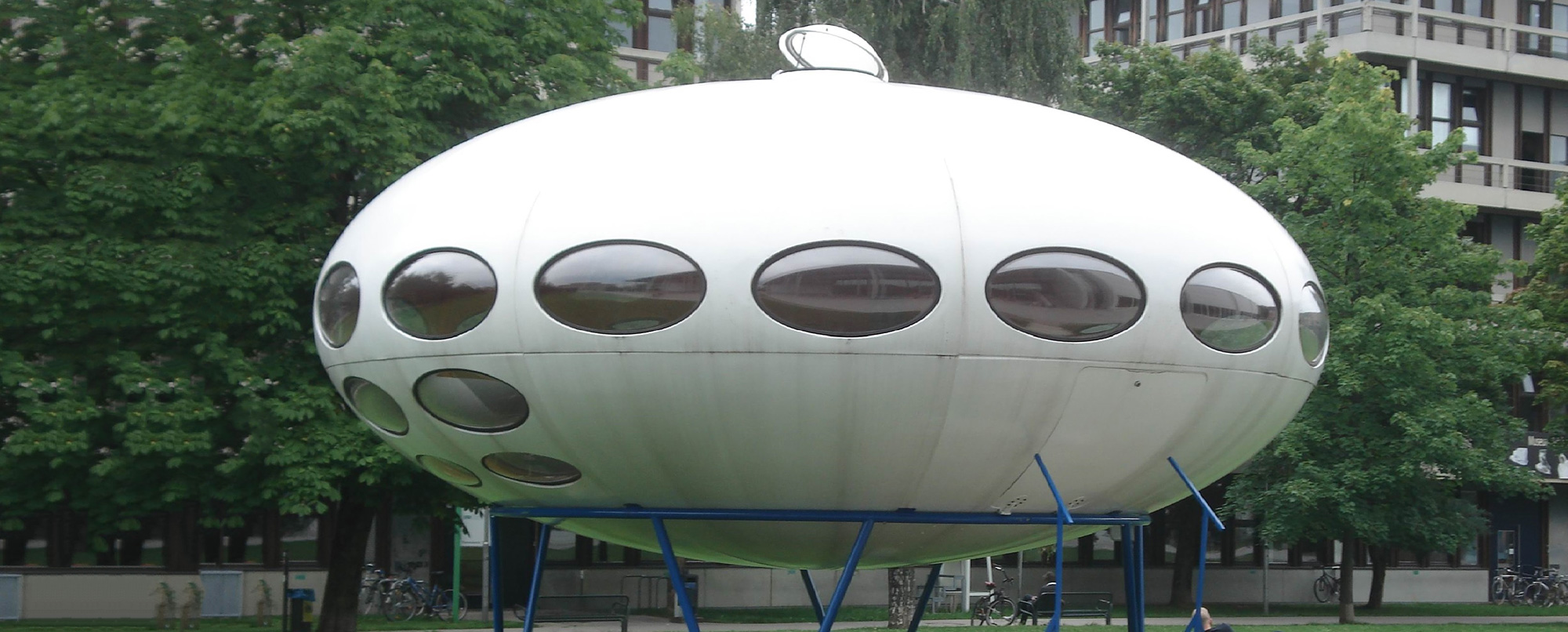Development Plan
The development of the Canadian Museum of Architecture in its entirety is a long-term endeavour, expected to be accomplished in phases. At this time, the Museum is in the initial planning stage with a focus on the successful design and execution of the first phase.
This first phase (Phase One) may be thought of as a prototype or proof-of-concept stage. It will see the establishment of an infrastructure, the creation of several permanent exhibits and possibly a temporary exhibit. Phase One will provide a basis for further development and yield experience that will guide the evolution of the Museum.
Subsequent phases are anticipated to see the expansion of the number of exhibits, a more sophisticated service delivery model, a stronger fundraising effort, and more intensive public-relations activities. Major effort will be devoted to integrating the Museum with its various communities, establishing relationships with other museums and sponsoring special exhibitions.
The Changing Role of Museums
Driven increasingly by information technology, our way of life has undergone a great deal of disruption and change in the last few decades and particularly in the past two years. The role of museums is shifting in conjunction with many other aspects of our social and cultural environment. It is not possible to predict even the near-term course of this trend for museums with any degree of accuracy.
The inception of the Canadian Museum of Architecture will provide an opportunity to observe the relative success or failure of various approaches to museum structure, organization and operations. Effort will be made to gather information about these factors and use them to guide the development of the institution.
The Relevance of Architecture
Though our natural surroundings have been extensively modified with the creation of built environments, we seldom pause to consider the impact that these have on the lives of individuals at all levels. In fact, who we are as a people is reflected in our architecture and, in turn, that architecture is a key factor in shaping us.
The origins of architecture date to prehistoric times and, even as a formally organized discipline, it has a lengthy history. Architecture has undergone rapid evolution in recent decades with the development of technology, new materials and dramatically changing societal needs.
Building and maintaining the structures for living, working, and leisure activities consume a large share of the world’s resources. In turn, the deployment of those resources and optimization of their use is a function of architectural design.
In Canada, some 40% of energy consumption is directed to the heating and cooling of buildings. Accommodating to our changing climate and bringing about necessarily related conservation measures will require modifications to our built environment and hence to our architectural approach.
Population growth is likewise exerting pressure on our urban centres with increasingly severe and deleterious effects on our environment. Adequate housing is considered to be a human right. Architecture is a key tool with which to address these complex issues.
Architectural aesthetics are a function of culture and play a fundamental role in defining the stature of countries, affecting the well-being of their populations. This is particularly important to cities and their suburbs. Pleasing, well designed and attractive buildings have the potential to foster innovation and productivity.
The architecture of an age or a people reflects their technology, historical events, artistic styles, political processes, social organization and much more. Consequently, the study of architecture is integral to understanding the human condition.

